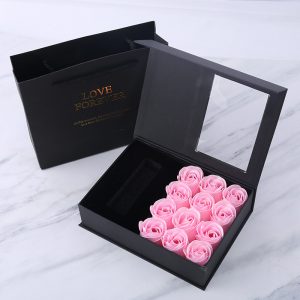The chemistry of artificial blackberry flavors involves a combination of various compounds that mimic the taste and aroma of real blackberries. Artificial flavors are designed to replicate the complex mixture of chemicals present in natural blackberries. While the exact composition of artificial blackberry flavors can vary based on the specific formulation and manufacturer, here are some key components that are often used:
- Flavor Compounds: Artificial blackberry flavors are typically composed of a mixture of natural and synthetic flavor compounds. These compounds are carefully selected to recreate the unique taste profile of blackberries.
- Aromatic Compounds: Aromatic compounds are responsible for the distinct aroma of blackberries. These compounds include esters, aldehydes, and other volatile molecules that contribute to the berry’s fragrance.
- Sweeteners: To replicate the natural sweetness of blackberries, artificial flavors often include sweeteners. These can be natural sugars, high-intensity sweeteners like sucralose or steviol glycosides, or sugar alcohols like erythritol.
- Acids: Blackberries have a characteristic balance of tartness and sweetness. Artificial flavors may incorporate acids such as citric acid, malic acid, or tartaric acid to mimic this tangy taste.
- Colorants: Blackberries are known for their deep purple-black color. Artificial flavors may include colorants, such as anthocyanins or other synthetic dyes, to replicate the color of real blackberries.
- Texture Enhancers: Some artificial flavors also contain texturizing agents that mimic the mouthfeel of blackberries, especially if the flavor is used in products like gummies or candies.
- Natural Extracts: Natural extracts derived from various sources, including other fruits, can be combined to create a more complex and authentic blackberry flavor.
- Solvents and Carriers: These are used to dissolve and carry the flavor compounds uniformly. Common solvents include propylene glycol and glycerin.
- Masking Agents: In some cases, certain chemicals are used to mask off-notes or undesirable flavors that might arise during the manufacturing process.
- Regulatory Approval: The ingredients used in artificial flavors, including those for blackberry, are subject to regulatory scrutiny in many countries. Regulatory agencies assess the safety of these ingredients before they can be used in food products.
It’s important to note that artificial flavors are designed to replicate the taste and aroma of natural foods, but they might not capture the entire complexity of the real thing. Additionally, consumer preferences and regulatory requirements can influence the specific formulation of artificial flavors. When working with artificial flavors, it’s advisable to follow usage guidelines provided by the manufacturer and to consider individual taste preferences and dietary needs.
























